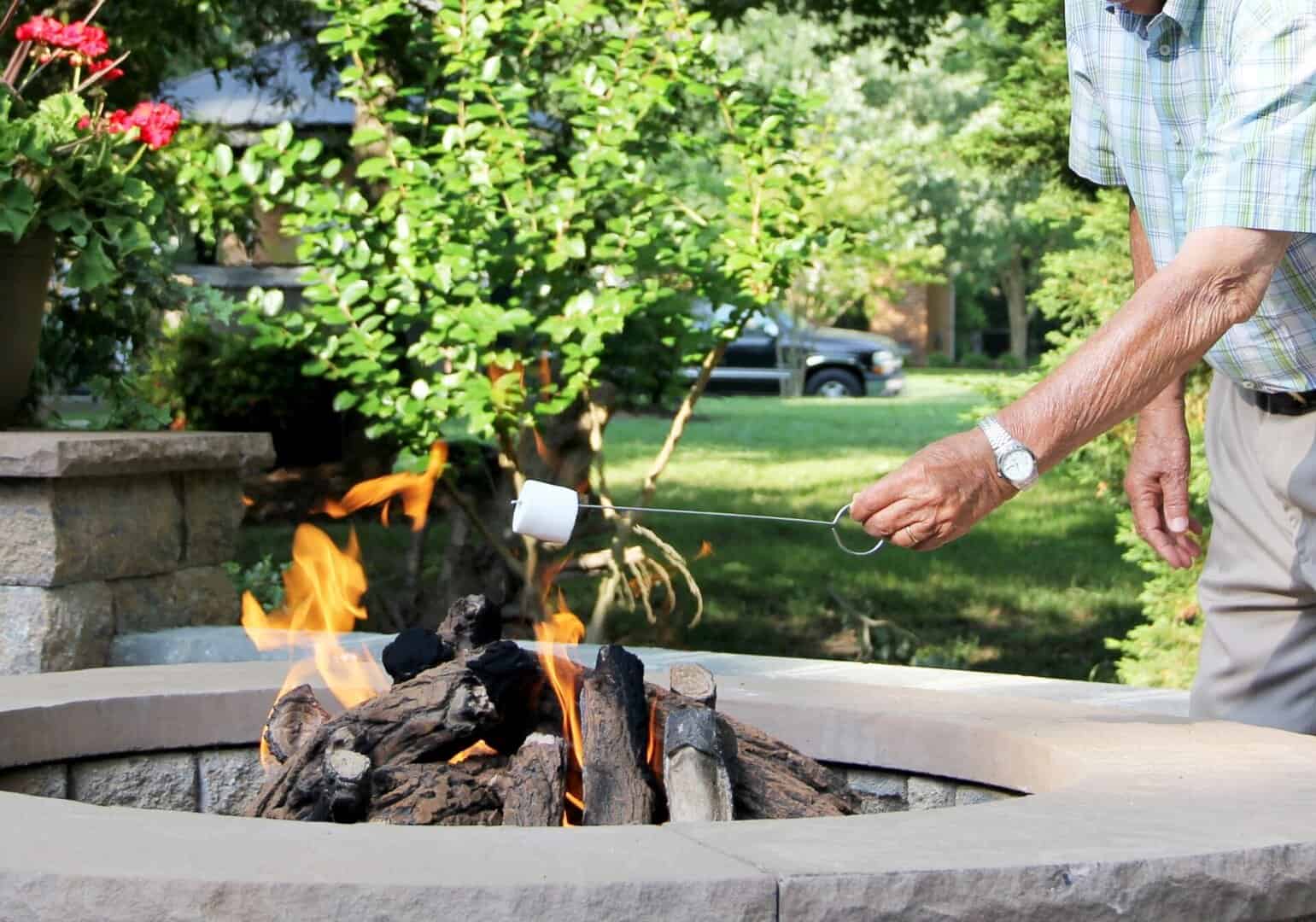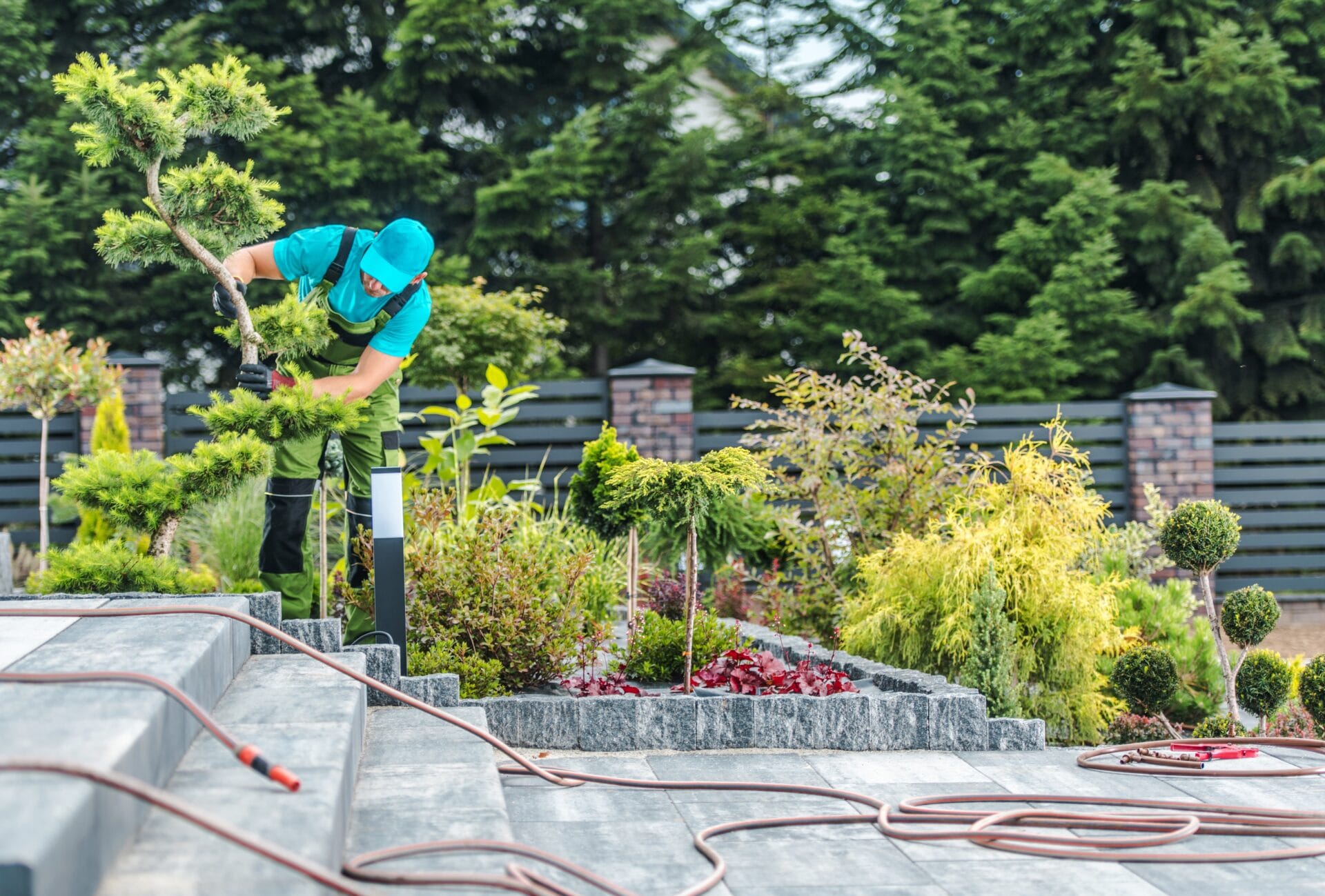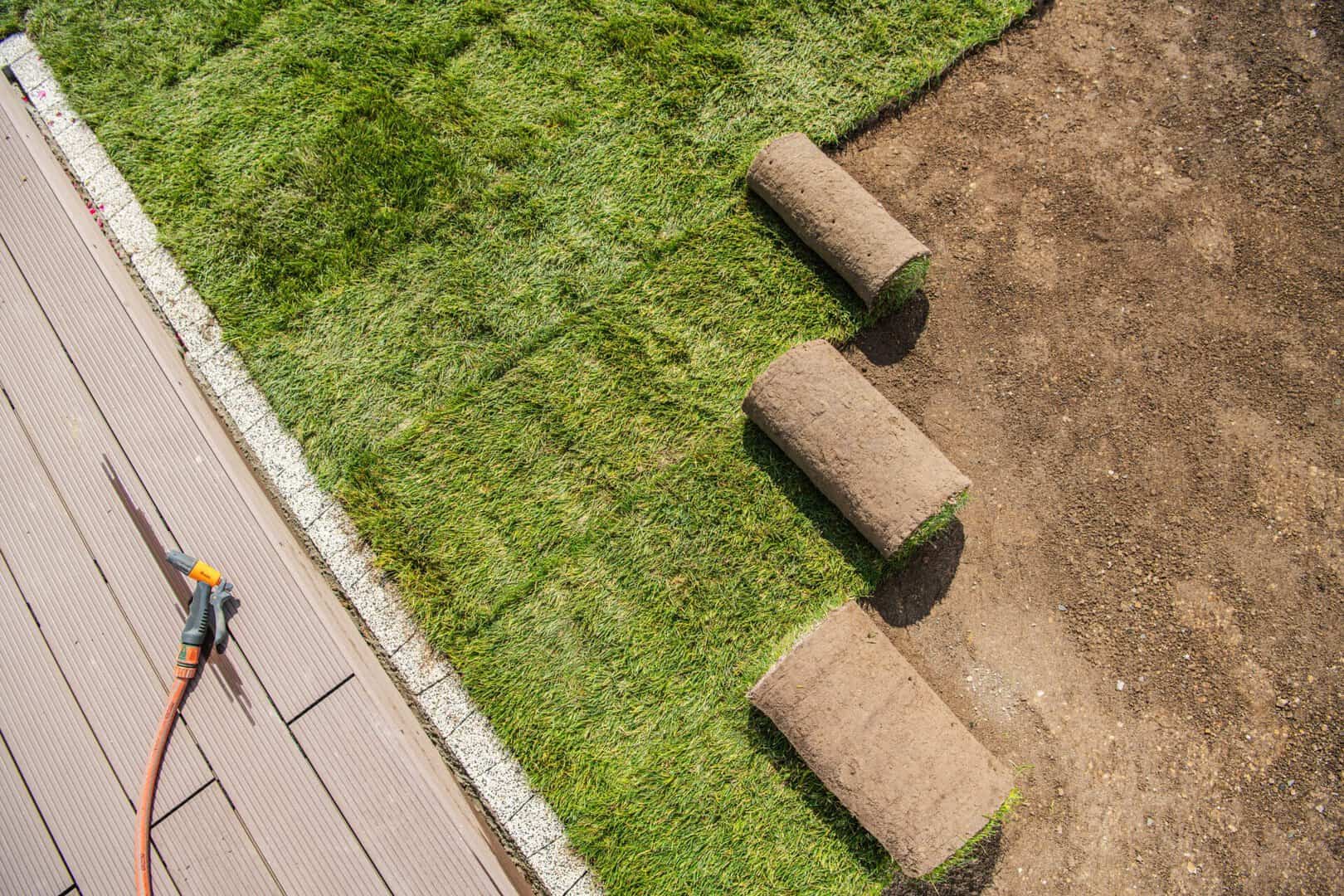While Los Angeles, California, doesn’t face extreme winter conditions such as heavy snowfall or freezing temperatures, it’s still essential to protect your lawn during the winter months. Our region experiences cooler temperatures, which can impact the health and appearance of your grass and garden. Fortunately, there are steps you can take to ensure your lawn stays vibrant and healthy through the colder season. Below are some practical tips that homeowners in Los Angeles can use to protect their lawns from winter’s effects.
Key Takeaways:
- Mow and Leave Clippings: Cutting your grass to 2 inches and leaving the clippings on the lawn helps increase nitrogen levels and protects the soil.
- Aerate Your Lawn: Aerating opens up the soil, allowing nutrients to reach the roots and promoting better growth even during winter.
- Fertilize Before Winter: Apply fertilizer before your lawn turns brown to strengthen roots and give your grass a head start for spring.
- Protect Delicate Plants: Use barriers, mulch, and other methods to shield sensitive plants like roses from winter damage.
1. Mow Your Grass to 2 Inches and Leave the Clippings
A simple but effective method to protect your lawn during the winter is by mowing your grass to about 2 inches in height and leaving the clippings on the yard. This may seem counterintuitive, but it has several benefits:
- Increased Nitrogen: Leaving the grass clippings on your lawn can add roughly 25% more nitrogen to the soil. Nitrogen is a vital nutrient for grass, and this added boost will help your lawn thrive through the winter months.
- Mulching Effect: The clippings act as a natural mulch that protects the soil from temperature fluctuations and retains moisture. This helps prevent the soil from drying out and keeps your grass healthy even in cooler conditions.
2. Aerate Your Lawn
Aeration is one of the best ways to ensure that your lawn remains healthy throughout the winter and beyond. Here’s why:
- Nutrient Access: During colder temperatures, soil can become compacted, making it difficult for vital nutrients, water, and air to reach the root system. Aerating your lawn opens up channels that allow nutrients to penetrate deeper into the soil, ensuring your grass roots get the support they need.
- Prevents Thatch Buildup: Aeration helps reduce the buildup of thatch (a layer of dead grass and roots), which can suffocate the grass and limit its growth. It promotes stronger, deeper roots that can better withstand the winter chill.
You can easily aerate your lawn with a manual or motorized aerator, both of which are available at home improvement stores like Home Depot, Lowe’s, or Ace Hardware.
3. Fertilize to Protect Your Lawn from Hard Soil
Fertilizing your lawn before the winter months is a key step in preparing for colder weather. This is especially important if you live in warmer regions like Los Angeles, where grass continues to grow longer into the fall.
- Pre-Winter Fertilization: In the southern U.S., it’s essential to apply fertilizer just before your grass turns brown for the season (when it stops growing). This helps strengthen the roots and gives your lawn the nutrients it needs to survive through the winter.
- Spring Growth Boost: Fertilizing before the grass goes dormant gives your lawn a head start on spring growth. When temperatures rise again in the spring, your lawn will green up faster and more vigorously.
Remember that different types of grass require specific fertilizers. Be sure to choose one suited for your lawn type and follow the recommended application rates.
4. Remove Dead Leaves from Plants and Flowers
Dead leaves and plant debris can become a problem if left on your lawn or around your plants during the winter months. Here’s how to handle them:
- Keep Your Lawn Clean: Rake up dead leaves and discarded plant parts to prevent them from suffocating your grass. These items can form a mat over the lawn, blocking sunlight and air from reaching the grass.
- Create Leaf Mold: Instead of throwing away the dead leaves, compost them! Composting dead leaves creates a valuable lawn conditioner known as “leaf mold.” The mix of brown and green materials (2 parts brown, 1 part green) creates a great organic matter for enriching the soil, improving its structure, and enhancing water retention.
5. Preparing Roses and Other Delicate Flowers for Winter
Certain plants, like roses, need extra care during the winter. Their delicate structures can be easily damaged by frost, wind, and temperature swings. Here’s how to protect them:
Protecting Tree Roses with a Barrier
Tree roses, or standards, are more vulnerable to the cold than other types of roses. To help them cope with winter:
- Barrier Method: Set four stakes in the ground around the rose, just beyond the root zone. Wrap a burlap barrier around the stakes and secure it with string. Fill the center with a layer of shredded dry leaves for added insulation, protecting the rose from harsh winds and cold temperatures.
Mulching to Protect Roses
Another essential step in protecting roses is mulching:
- Mulching: For extra protection, enclose roses (especially bush varieties) in cylinders of cardboard, metal, or plastic. These structures act as protective covers for the plants. Fill them with shredded bark, paper, or leaves for additional insulation.
- Graft and Crown Protection: To shield the graft (bud union) and crown of your roses, mound mulch (such as soil, wood chips, or shredded leaves) around the base of the plant to about a foot high. This helps protect the plant’s most vulnerable parts from freezing temperatures.
For climbing roses, the canes are the most exposed to winter conditions. They can be especially damaged by wind and sun. You can:
- Wrap the Canes: Use burlap or other protective materials to wrap the canes, or
- Lay the Canes Down: If temperatures drop significantly, detach the canes from their supporting trellis and lay them horizontally on the ground. Cover them with a layer of mulch (leaves, wood chips, or soil) to protect them from the cold.
Conclusion
Winter in Los Angeles may not be as severe as in other parts of the country, but protecting your lawn and garden is still essential to maintain its health and beauty. Simple actions like mowing your grass, aerating, and fertilizing can help your lawn survive the cold months and thrive when spring arrives. Additionally, taking extra steps to care for delicate plants like roses can ensure that your garden continues to flourish.
If you’re looking for more help with landscaping and hardscaping in Los Angeles, All County Landscape specializes in both areas. From creating custom patios and retaining walls to tree installations and other outdoor features, our team can help transform your outdoor space. Get in touch with us for expert advice and professional landscaping services, and let us help you protect and enhance your yard year-round!
(source: BHG.com)
When it comes time to prepare for winter, these few steps can really make sure that your lawn is protected and ready to be dormant over the winter months and to bounce back with green vitality when the spring once again graces the landscape.




